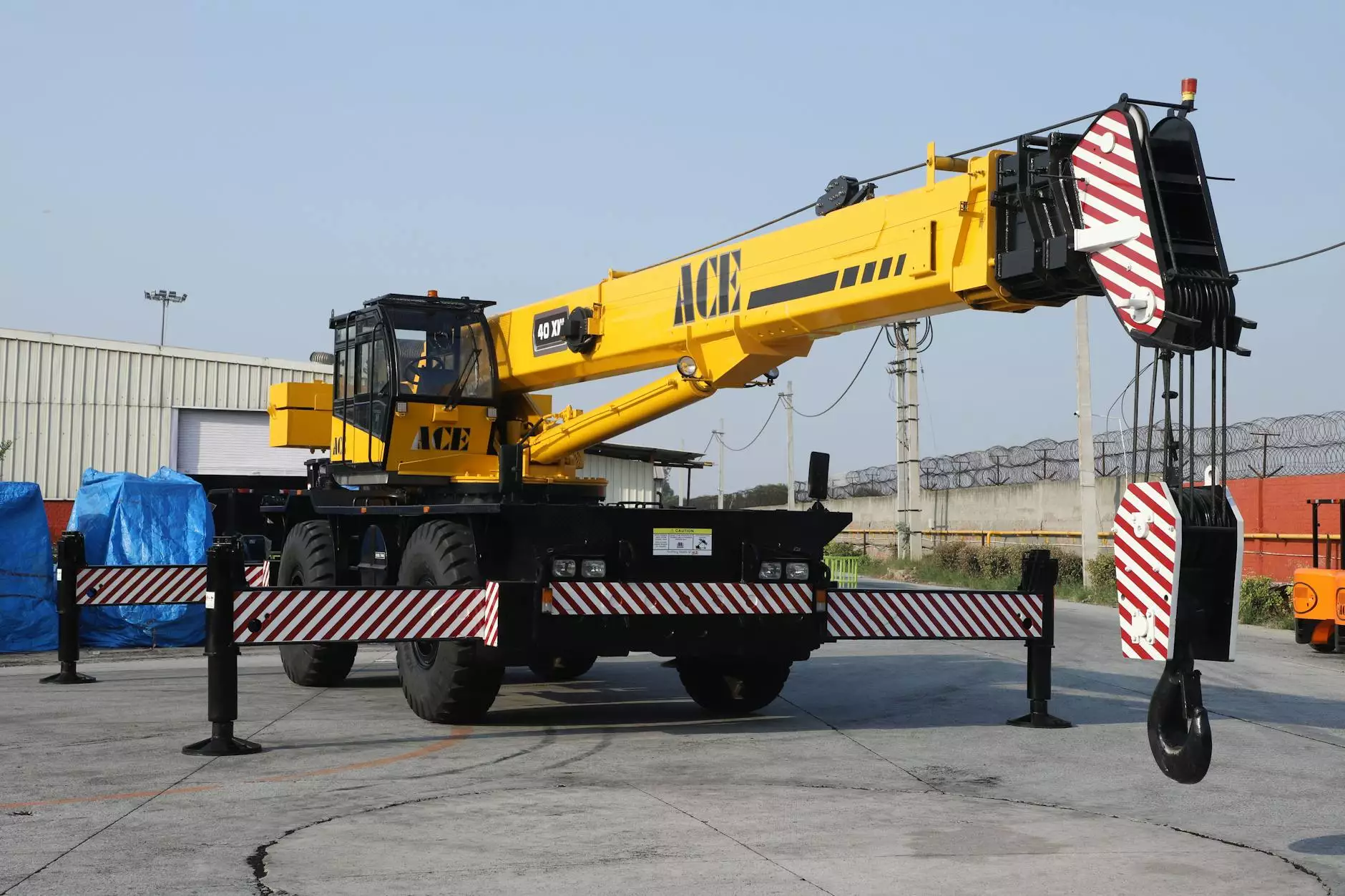Understanding Barcode Readers: Transforming the Way Businesses Operate

In the fast-paced world of commerce, efficiency and accuracy are at the forefront of successful operations. modern barcode readers play a pivotal role in achieving these objectives. This article delves deep into the significance of barcode readers, exploring their features, advantages, and how they can enhance various business sectors, particularly in printing services and electronics.
What is a Barcode Reader?
A barcode reader, also known as a barcode scanner, is a device that captures and decodes information contained in a barcode. Barcodes, which are typically represented as patterns of parallel lines and numbers, hold data such as product identifiers, prices, and inventory details. The integration of barcode readers in business processes has revolutionized the way companies manage inventory, streamline services, and maintain operational accuracy.
The Technology Behind Barcode Readers
Barcode readers operate using either laser or imaging technology. The choice of technology often depends on the application and environment in which the scanner will be used.
- Laser Barcode Scanners: These devices use a laser beam to scan barcodes. They are known for their quick reading capabilities and can capture barcodes from a distance. Ideal for retail environments where speed is crucial.
- Imaging Barcode Scanners: These scanners utilize a camera to capture images of barcodes. They can read various barcode formats and are useful in environments where the barcode may be damaged or printed poorly.
Types of Barcode Readers
There are several types of barcode readers, each designed for specific applications:
1. Handheld Barcode Scanners
Handheld scanners are portable devices that employees can easily use to scan barcodes at checkout counters, stock rooms, or warehouse locations.
2. Fixed-mount Barcode Scanners
These are installed at checkout lanes or assembly lines, allowing for hands-free scanning, which enhances workflow efficiency.
3. Mobile Barcode Scanners
Often integrated with smartphones or tablets, these scanners can read barcodes in various contexts, such as during inventory audits or mobile POS systems.
Benefits of Using Barcode Readers in Business
The implementation of barcode readers can bring numerous benefits to businesses, including:
1. Enhanced Accuracy
Manual data entry is prone to errors. Barcode scanning minimizes such risks, ensuring data accuracy in inventory management and sales tracking.
2. Time Efficiency
Scanning a barcode is significantly faster than typing out information. This speed translates to shorter checkout times and quick inventory audits, enhancing overall productivity.
3. Inventory Management
With barcode readers, businesses can easily track inventory levels, manage stock, and analyze product performance. This capability reduces the likelihood of overstocking or stockouts, optimizing inventory turnover.
Applications of Barcode Readers in Different Industries
Barcode readers have diverse applications across various industries, including:
Retail
In retail, barcode readers streamline operations by facilitating quick and accurate transactions. They also assist in managing inventory and conducting price checks, enhancing customer satisfaction.
Manufacturing
Manufacturers use barcode scanning to track raw materials, monitor production processes, and manage shipping logistics. This practice ensures that products are assembled with precision and delivered on time.
Healthcare
In healthcare, barcode readers play a crucial role in medication management, ensuring that patients receive the correct medications while significantly reducing the chances of errors.
Logistics and Warehousing
Barcode technology is fundamental in logistics for tracking shipments. It simplifies the receiving and shipping processes, ensuring accurate inventory and reducing delays.
Choosing the Right Barcode Reader for Your Business
When selecting a barcode reader, consider the following key factors:
- Environment: Choose a scanner that suits your workspace—be it a retail counter, warehouse, or outdoor setting.
- Types of Barcodes: Ensure the scanner can read the specific barcode formats relevant to your operations.
- Durability: Depending on the environment, selecting a rugged scanner that can withstand drops and dust may be essential.
- Connectivity: Decide whether you need wired or wireless scanning capability based on your operational needs.
Integrating Barcode Readers with Business Systems
For maximum efficiency, it’s crucial to integrate barcode readers with your existing business systems. Many modern scanning solutions can seamlessly connect to software solutions such as:
- Point of Sale (POS) Systems: Automate sales transactions and inventory management.
- Enterprise Resource Planning (ERP): Enhance data flow across departments for better decision-making.
- Inventory Management Software: Provide real-time tracking and reporting capabilities.
Conclusion: The Future of Business Operations with Barcode Readers
The impact of barcode readers on business operations is undeniable. As technology continues to evolve, we can expect improvements in scanning accuracy, speed, and integration capabilities. By adopting barcode scanning technology, businesses can not only streamline their operations but also improve customer satisfaction and overall productivity. To keep pace in an increasingly competitive market, incorporating barcode readers into your business strategy is essential. Explore the range of products and services available at Durafast Label to find the right barcode solutions tailored for your needs.









